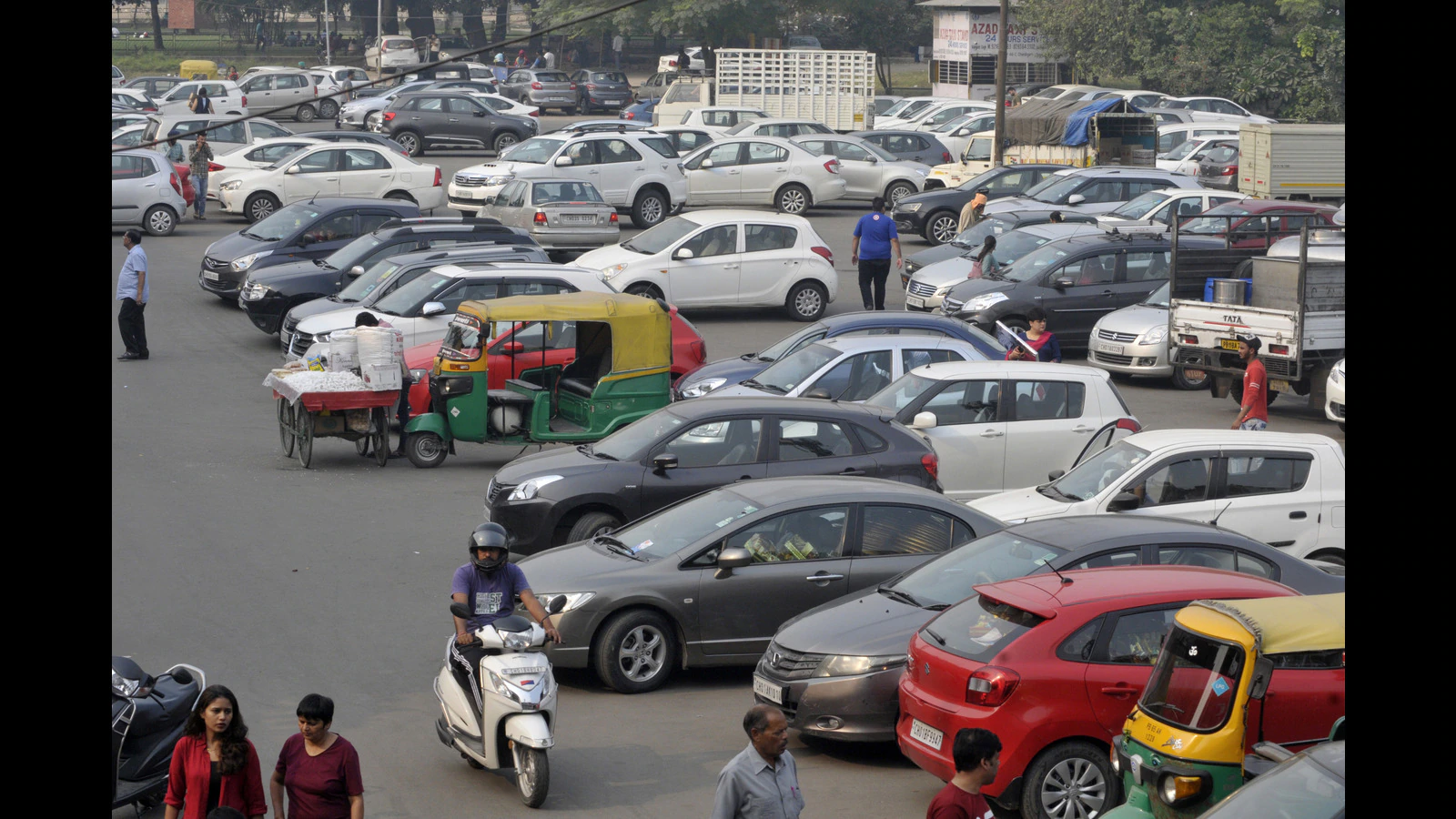
India’s Budget 2025: Reducing Pulses and Oilseed Imports by Boosting Yield Efficiency
Union Budget 2025-26 Aims for Self-Reliance
The Union Budget 2025-26 has outlined an ambitious goal to make India self-reliant in pulses and oilseeds. This move requires a significant increase in domestic production and productivity to reduce reliance on imports. However, India faces a tough challenge as global leaders in these crops achieve much higher average yields.
India’s Yield Gap Compared to Global Leaders
According to data from the Food and Agriculture Organisation (FAOSTAT) and the Ministry of Agriculture and Farmers’ Welfare, India lags significantly behind countries with the highest yields:
- Lentils (Masur):
- India’s yield (2022-23): 899 kg/ha
- China’s yield: 2,570 kg/ha (65% higher)
- Chickpeas (Chana):
- India’s yield (2022-23): 1,261 kg/ha
- Ethiopia’s yield: 2,170 kg/ha (41.9% higher)
- Rapeseed (Toria):
- India’s yield (2022): 1,497 kg/ha
- Germany’s yield: 3,947 kg/ha (62.1% higher)
India’s Pulses and Oilseeds Demand
Although India is the largest producer of pulses globally, domestic production falls short of meeting demand. For instance, India imported 16.8 lakh tonnes of lentils in 2023-24, according to the Directorate General of Commercial Intelligence and Statistics (DGCIS).
Bridging the Yield Efficiency Gap
The Commission for Agriculture Costs and Prices (CACP) highlights a significant efficiency gap in India’s crop yields compared to global leaders:
- Efficiency gaps range from 41.9% for chickpeas to 65% for lentils.
- Even in India’s best-performing states, the efficiency gap remains high, at 21.7% for chickpeas and 61.7% for lentils.
Recommendations to Boost Productivity
To narrow the yield gap, the CACP recommends:
- Adopting Global Best Practices:
Learn and implement farming techniques from countries with high yields that align with India’s agro-climatic conditions. - Modern Farming Technologies:
Use advanced technologies and better input management to improve efficiency. - Farmer Training:
Educate farmers on innovative practices to achieve better yields at lower costs.
Scope for Growth in India’s Agriculture
The report emphasizes that the high-efficiency gap provides an opportunity to significantly boost India’s productivity. With efficient farming methods, better resources, and support from government initiatives, India can make strides toward self-reliance in pulses and oilseeds while reducing its dependency on imports.
Conclusion
The Union Budget 2025-26 sets a critical challenge for India’s agricultural sector. To achieve self-sufficiency in pulses and oilseeds, the focus must be on bridging the yield gap, enhancing farm efficiency, and supporting farmers with modern technologies and training.






